Karbidové osvetlenie. Ako to vlastne funguje ?
Karbidové osvetlenie, ako to vlastne funguje ?
Carbide lighting, how does it work?
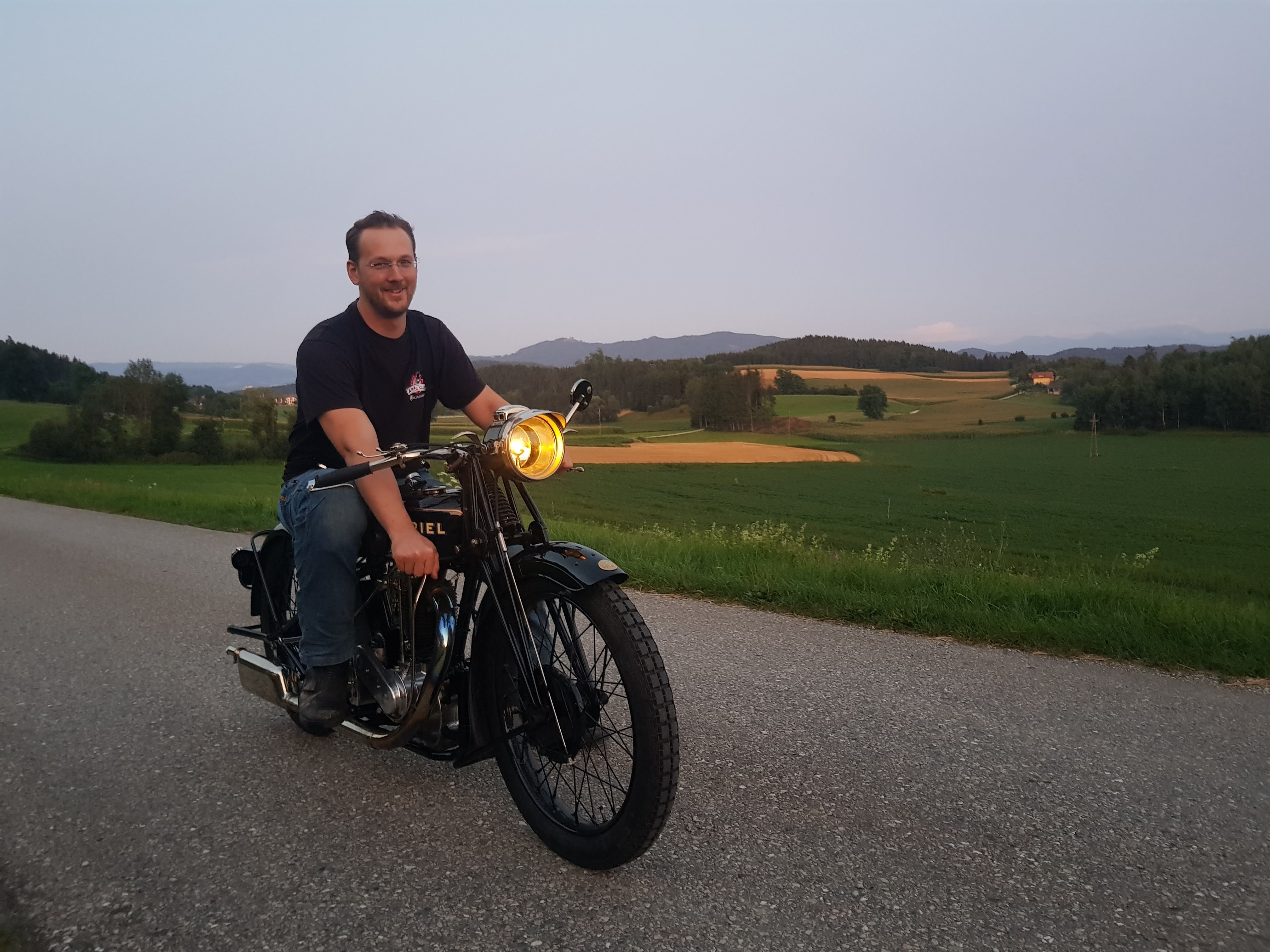
Mnohý z nás sa už stretli s karbidovym osvetlením na aute , či motocykli. Je to skvelý dobový doplnok hlavne u strojov vyrobených pred rokom 1929. Samozrejme, že sa elektrické osvetlenie používalo už o veľa skôr, no z počiatku bolo ešte veľmi drahé a málo spoľahlivé. Motoristi sa teda často spoliehali radšej na karbid.
Many of us got in touch with carbide lighting systems on cars or a motorcycle. It is a great classic accessory especially on machines produced before 1929. Of course the electrical lighting was used much sooner, but in the beginning it was too expensive and not very reliable. Therefore the motor vehicle drivers rather depended on carbide.

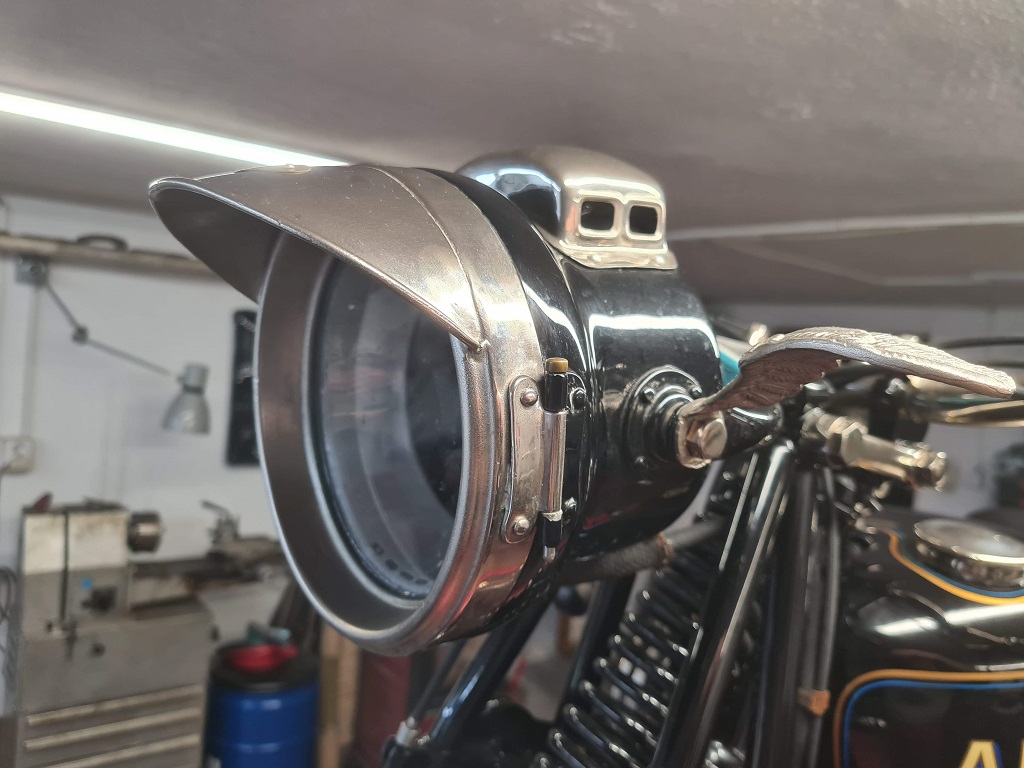
Ale zamysleli ste sa už niekedy nad tým, ako to vlastne funguje? Aby sme získali svetlo, musíme mat dve zariadenia. Reflektor a vyvíjač. Vyvíjač je jednoduché zariadenie. Je to vlastne dvojitá nádoba, kde je v hornej časti umiestnený zásobník na vodu a v dolnej časti je nasypaný karbid vápnika . Vrchná nádoba je osadená tenkou kužeľovou ihlou. Pri jej otáčaní sa uvoľní otvor a začne kvapkať voda. Presne , ako v známom výroku ,, kvapká ti na karbid “
But did you ever thought about how it actually works? To obtain light we need two appliances. Reflector and generator. The generator is a simple appliance consisting of double container. The upper container holds water and the calcium carbide is poured into the lower container. The upper container is equiped by a thin cone shaped needle, and by turning the needle the opening is freed and the water begins to drip.
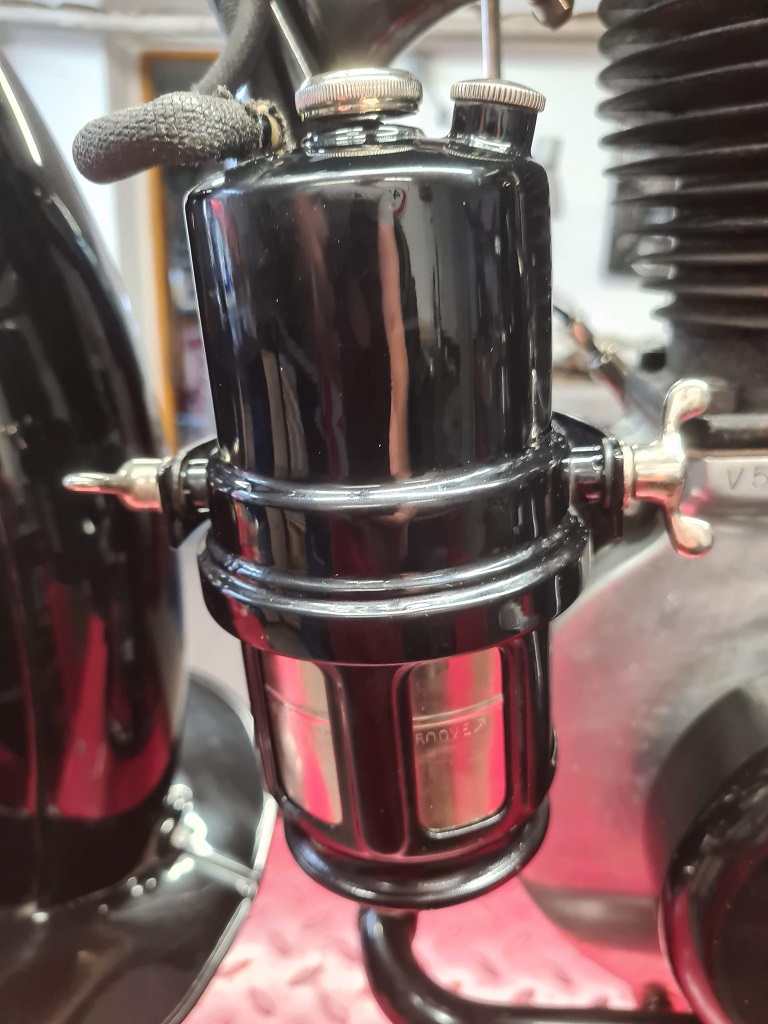
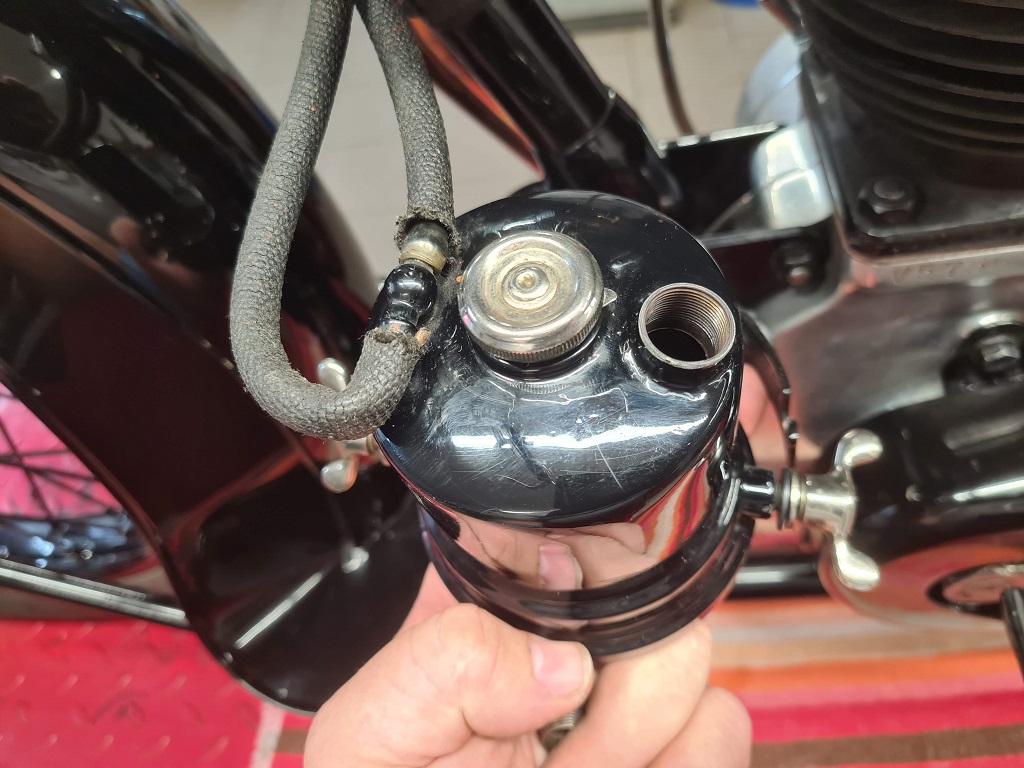
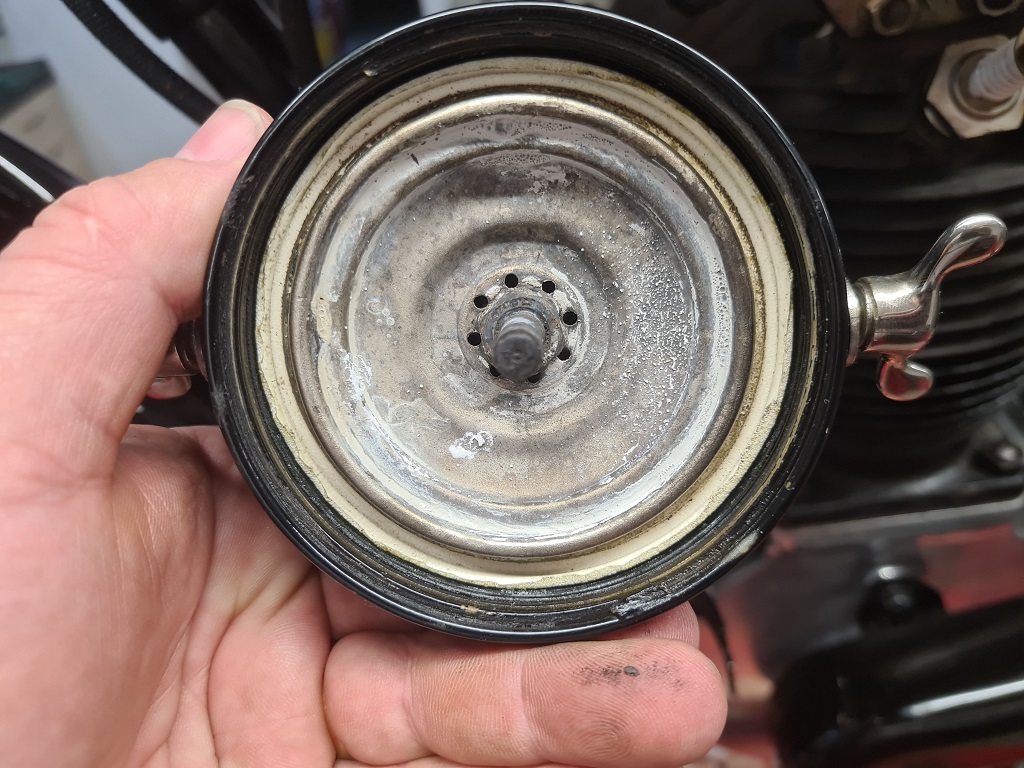
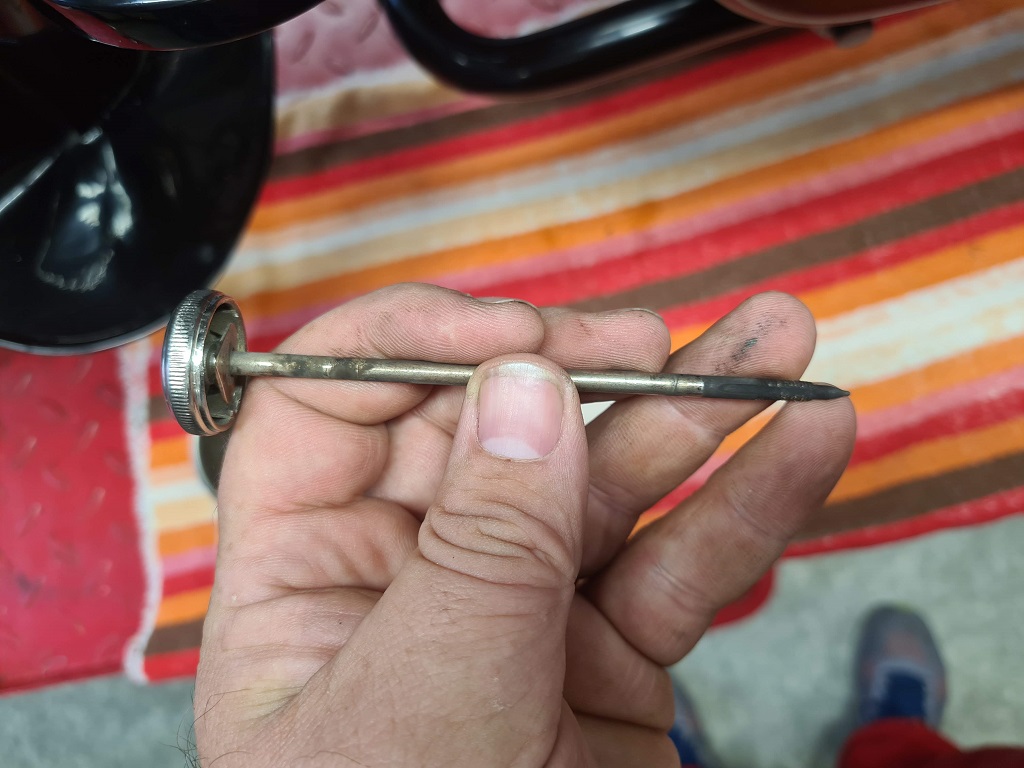
V dolnej časti sú položené kúsky karbidu zväčša zaistené pružinou s plechovou podložkou, aby za jazdy na nekvalitných cestách nevydával zbytočne nežiadúce hrkotavé zvuky. V strede podložky je otvor cez ktorý sa ku karbidu dostane voda v malých dávkach a spôsobí reakciu pri ktorej sa uvoľní horľavý plyn (acetylén). Ten je odvádzaný hadičkou k reflektoru, kde v porcelánovej tryske horí jasným plameňom.
The pieces of carbide are stored in the lower container and secured by a spring with a metal pad in order to keep the carbide in place while riding on bumpy roads. There is a small opening in the securing pad that lets the water inside that causes the chemical reaction and production of a flamable gas (acethylene). Then it is lead by a tube to the reflector where it burns by a bright flame in a porcelain jet.
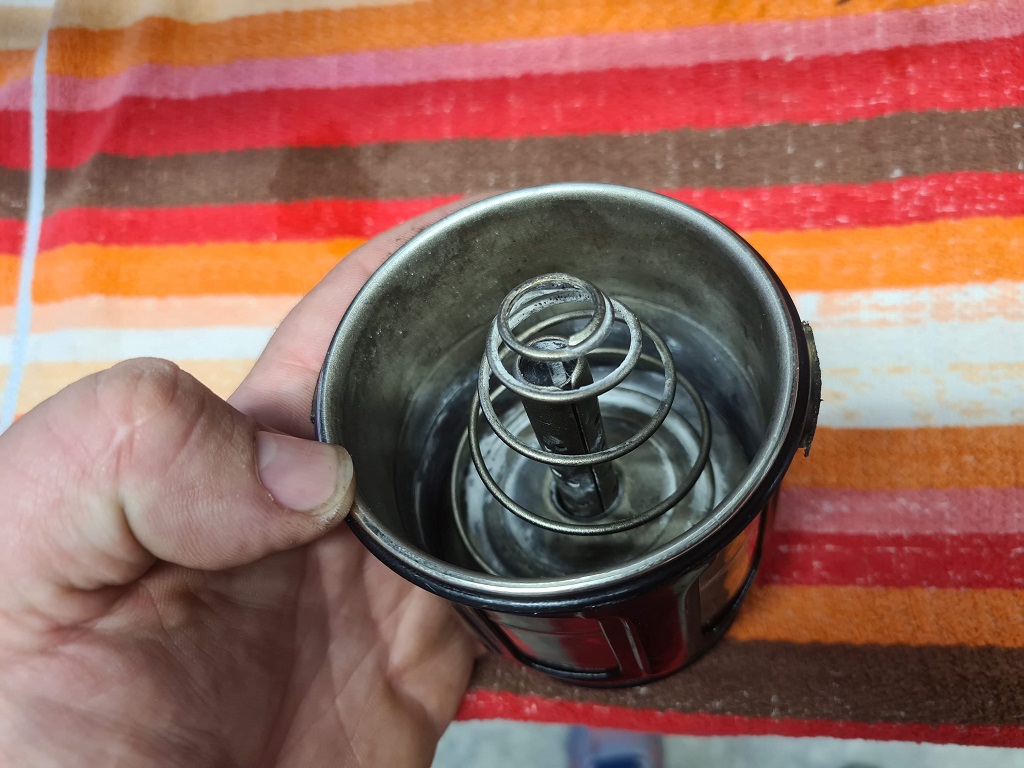

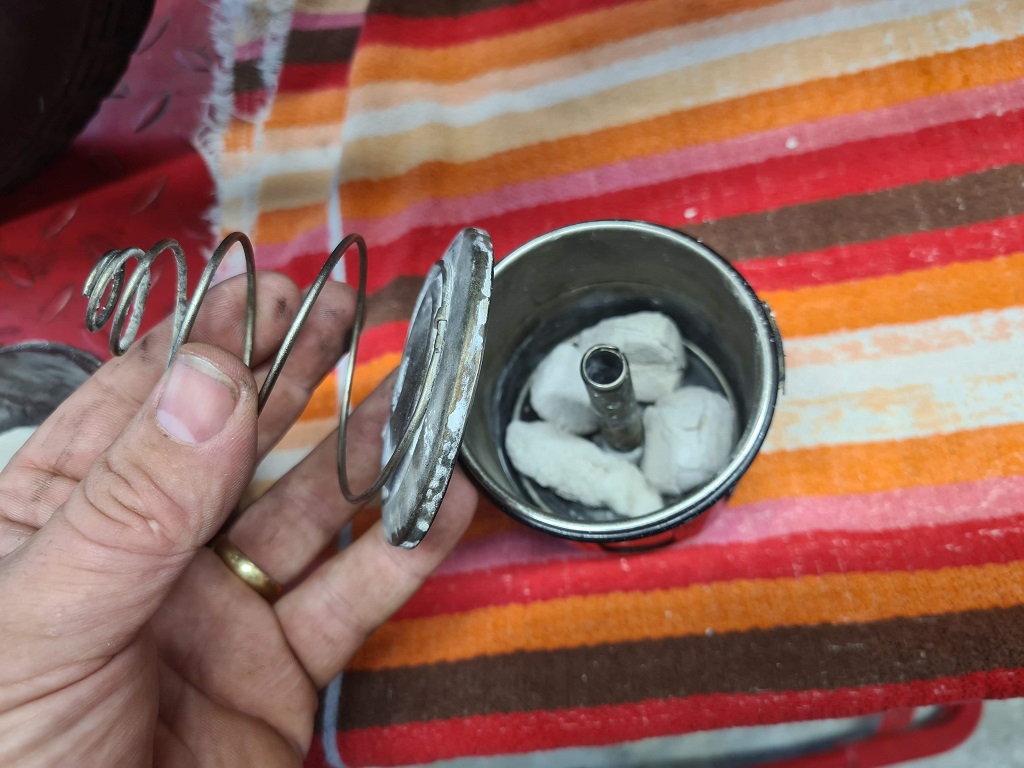
Otáčaním ihly je možné regulovať prietok vody a tak zaistiť vhodnú veľkosť plameňa v reflektore. Jedna dávka dokáže svietiť približne štyri hodiny. Záleží od veľkosti vyvíjača a jasu požadovaného osvetlenia. Postupom času výrobcovia vylepšovali odrazovú plochu reflektora tak, aby zlepšili odraz svetla. Modely osvetlenia z 30tých rokov sú vybavené
hrubou vrstvou šošovkového skla a tak dokážu pomerne kvalitne osvetliť potrebnú časť ulice.
By turning the needle it is possible to regulate the water flow and therefore to ensure the appropriate size of the flame in the reflector. One dose of carbide is able to provide enough acethylene for four hours. It depends on the size of the generator and the demanded brightness of lighting. With time the producers made improvements of the reflecting area of the lamp to enhance the light output. The lighting systems from the 30s are equiped with a thick lens glass and so they are able to light the adequate part of the road.
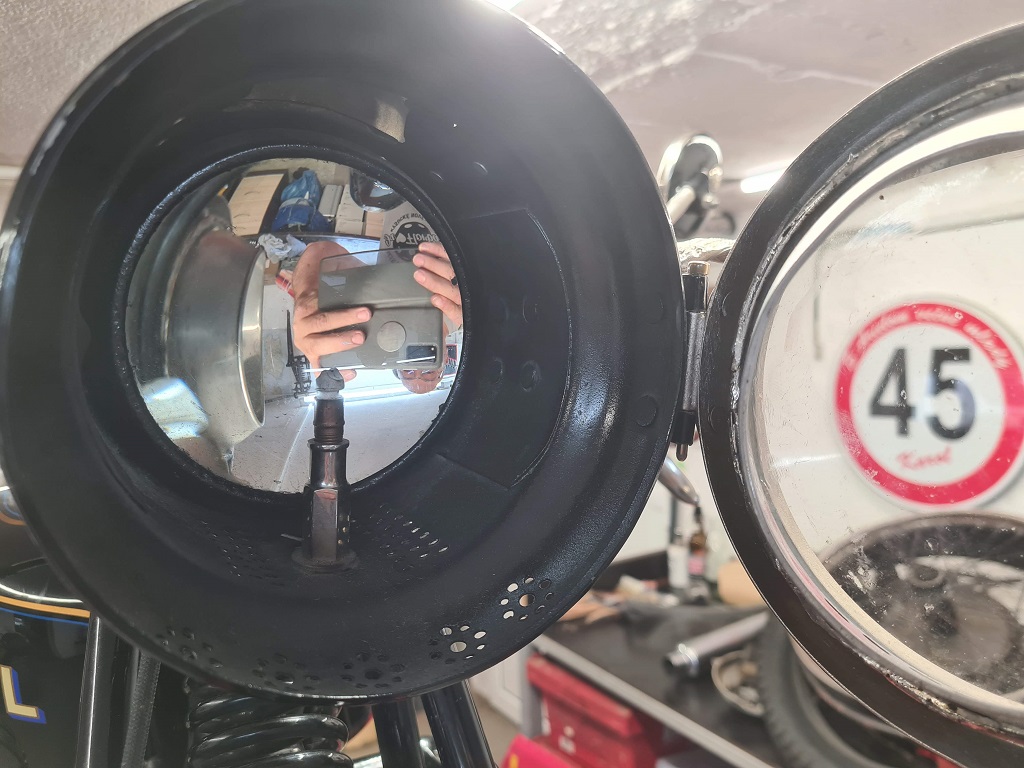
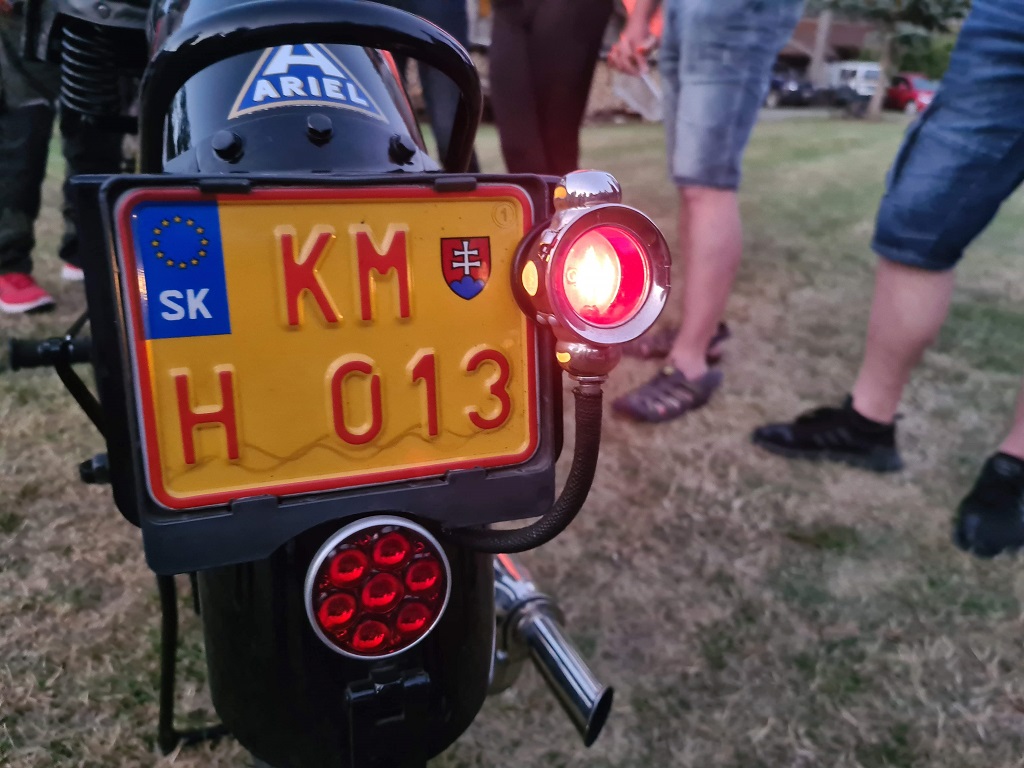
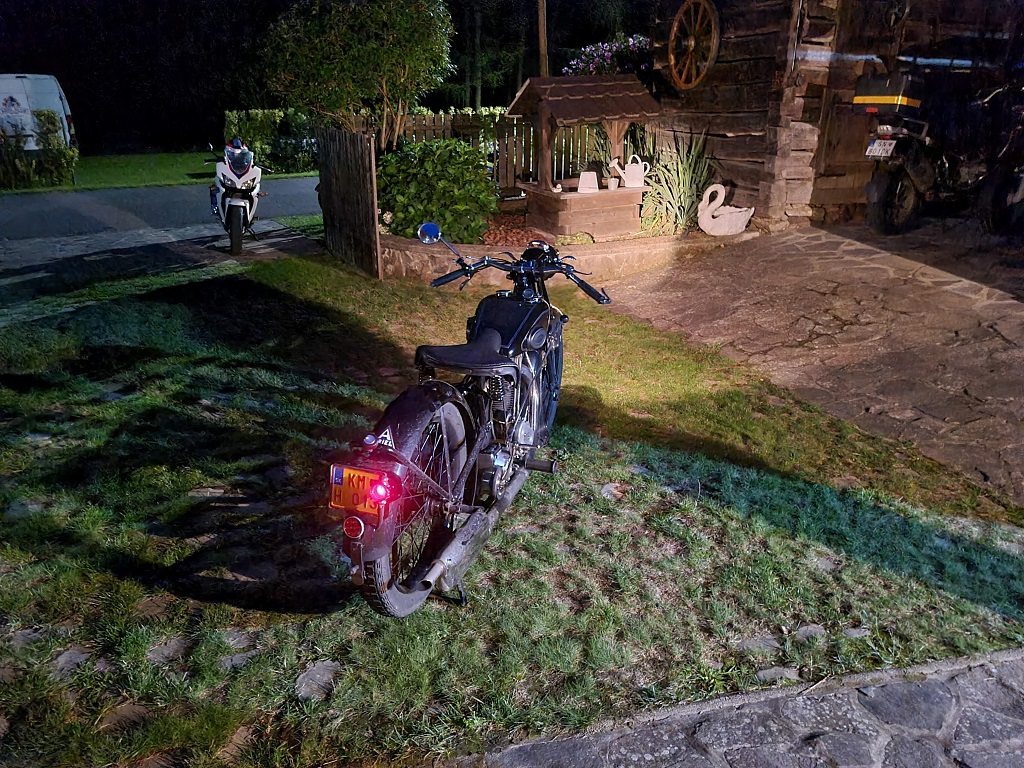
V dnešnej dobe je tento typ osvetlenia prípustný len na výstavách historických vozidiel. V bežnej premávke sa nepoužíva. Predstavte si jednoduchú situáciu, kedy by ste sa pozabudli a s horiacim osvetlením zamierili na čerpaciu stanicu doplniť palivo. Ako sa hovorí, čert nikdy nespí, ale na výstave sa tento doplnok teší veľkej priazni obdivovateľov.
Nowadays this type of lighting is only allowed during the historical vehicles exhibitions. It is not used in traffic anymore. Try to imagine such a simple situation when you come to the gas station with such lighting system turned on. As they say „the devil never sleeps“, but this accessory is very popular among the old-timer fans.
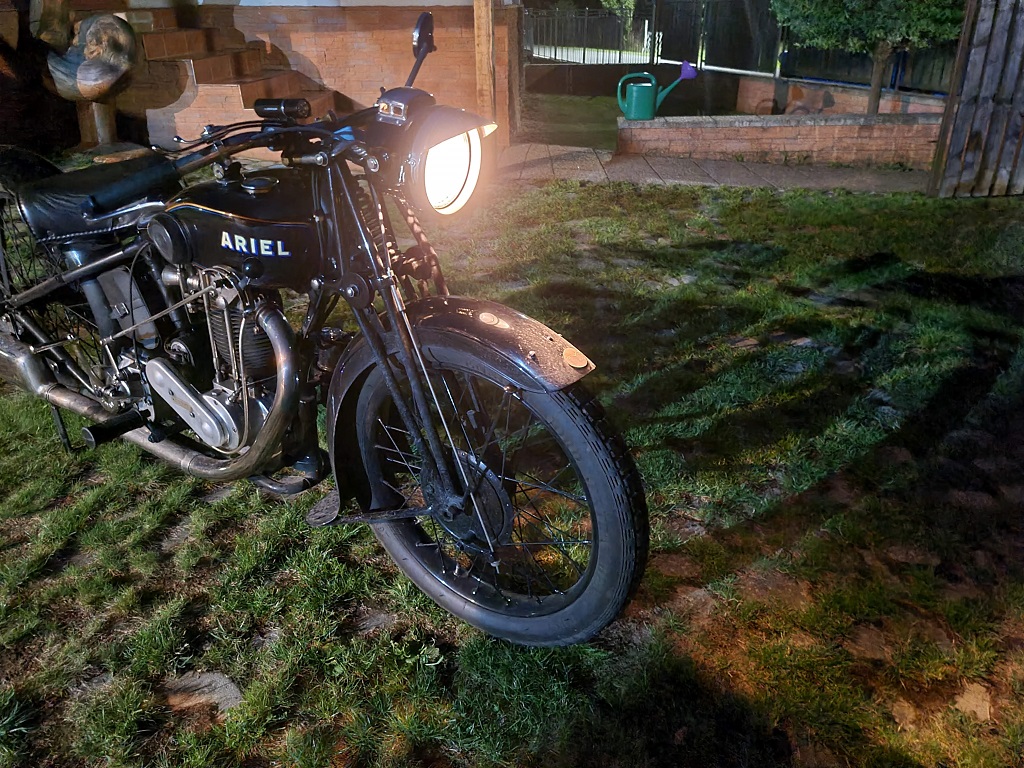
Za Slovenský Arielklub
spracoval Karol Burger
For Slovak Ariel club
Karol Burger
Translated by: Rastislav Chmelár
Komentáre
Pridať komentár